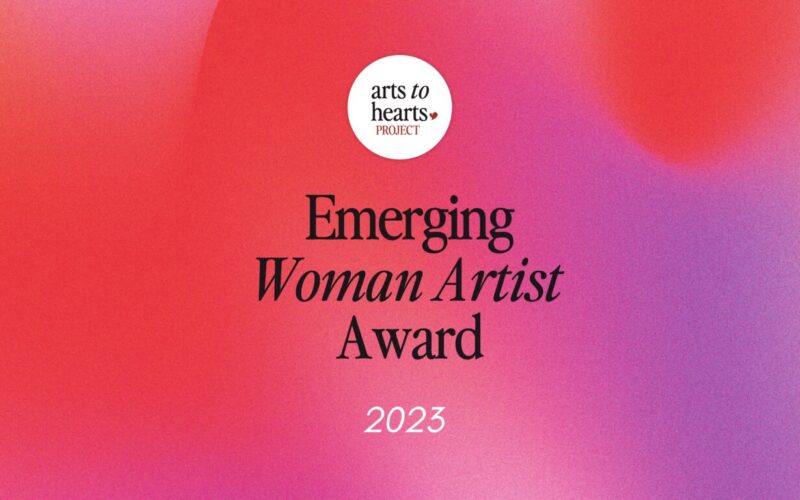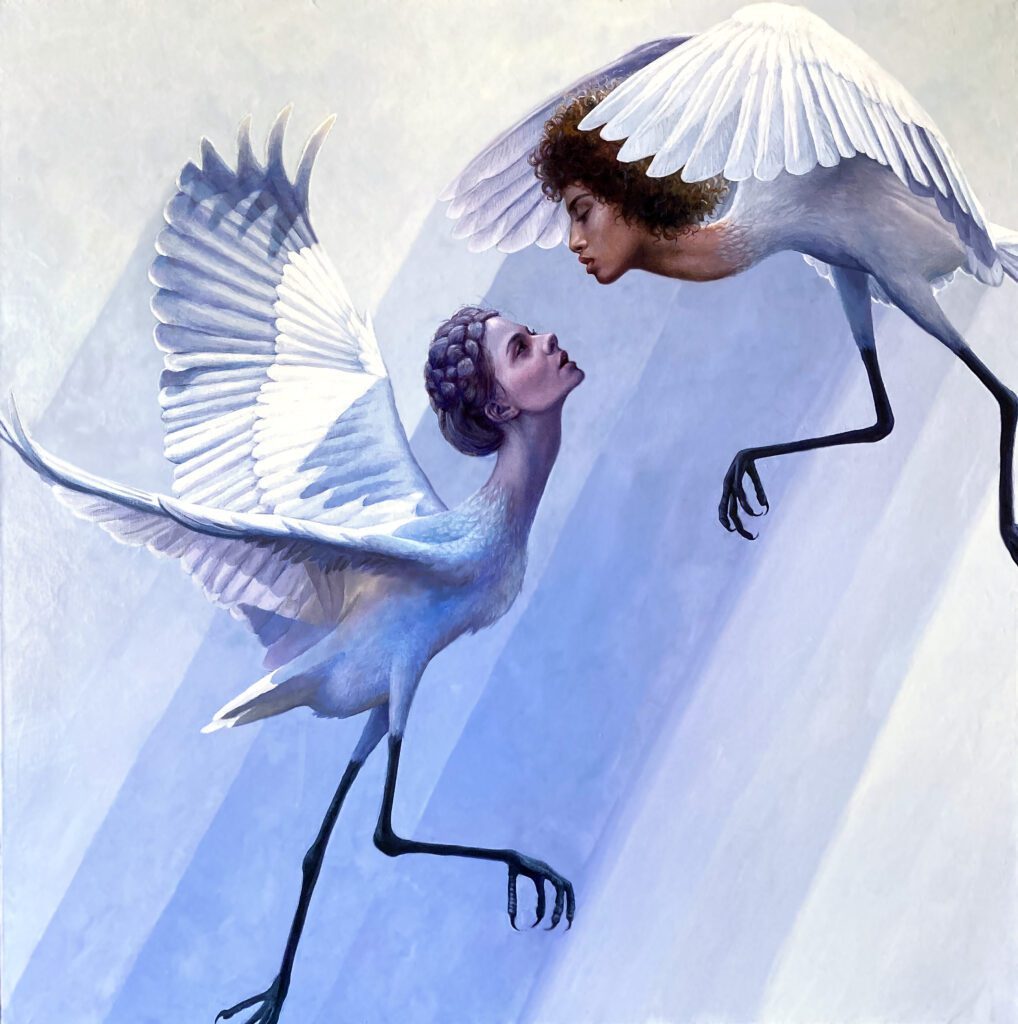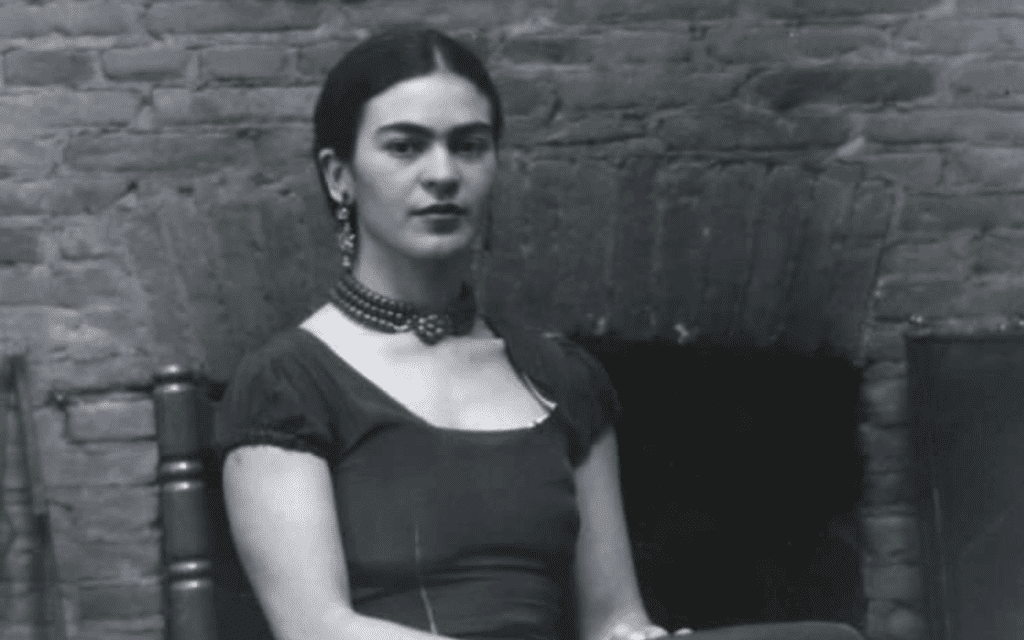
How to Become Your Own Art Agent: A Guide for Artists


We know that the business side of art can be intimidating, and it’s true that not many people know how to navigate it. Many artists feel confused and unsure on how to get into galleries or sell their art. They think that they are not good at promoting or marketing themselves, and believe that someone else needs to do those tasks for them. Some artists do end up hiring people to market their work because it demands extra time and energy. But did you know that if you learned a few tips and tricks, you can do that job by yourself? You can save money and resources, and most importantly, you will have your best interests at heart!
So, what is the job of an agent? An agent’s job is to promote, represent and sell you work. Their sole job is to work for you in a way that your art sales increase and your business flourishes. Your agent is also responsible for finalizing any deals or identifying opportunities that can favor your art business. However, it’s noteworthy that we are moving towards a global shift where people are as much interested in an artist’s life as they are in his/her art. The only way you can create that desirable image is by being authentic, and being your own art agent is the first step towards that goal.
One of the famous artists from the past who managed their own art business includes Pablo Picasso. Picasso promoted his own artwork and negotiated the contracts and deals himself, and we all know how successful he became, despite doing everything on his own. Or perhaps it was this very reason that contributed to this success?! The key to being a successful agent is to be your true self, and embrace the things that set your artwork apart.

Benefits of being your own art agent
Did you know that being your own art agent can have its own perks? While hiring someone to do your work can seem easy, it has its own limitations.
The first advantage of being your own art agent is you can say no to projects if you want. If you have an agent, s/he will decide the work you do and you’ll have to go through with it. But if you feel like you have a lot on your plate, or you simply want to be selective, there is no better person to make that call other than you.
For some people it can be hard to work with someone else. If you are one of those people, being your agent will give you that power. You can make your own rules and work on your own terms. Your schedule will be a lot more flexible, and you won’t have the responsibility to connect with someone on regular basis to get the necessary updates.
Lastly, in today’s digital world, the need of an agent has somewhat decreased. Ten years ago, artists would find it difficult without any help, but now you have that agency. You can contact people from the comfort of your home, and that’s why, more and more artists are choosing to take it in their own hands. In other words, you can use that extra money in a more productive way.

A step-by-step guide on how to become your own art agent
Let’s talk about some basic things you need to learn in order to successfully become your own art agent. Below we have provided a guide on how you can manage a project, set pricing and negotiate with a client; all things that usually are an agent’s responsibility!
Work on building connections
What makes a good agent is his/her professional experience and a list of connections. Experience can only be gained with time, so your first task is to build connections.
Every week, make a list of all the clients you have to contact. You can include clients and brands that you want to work with. However, do not expect to get many positive responses at once. The target is to get projects, but to also let those people know that you are looking for work, so they may contact you later. Don’t forget to let your friends and acquaintances know that you are taking commissions, word of mouth can do wonders.
When perusing clients, contact the art director. For brands, you will need to reach out through Linkedin or social media. Linkedin is a great platform for artists as you will come across many potential clients, so make sure to get a premium account.
While contacting an art director, first compliment their publication/brand and then include your portfolio. If you have any websites (and you should have by this point), include their links and tell them you are eager to work with them. They probably won’t have any projects to offer at the time, but the purpose of reaching out is for them to notice you. Don’t forget to send follow up emails every few months so they remember who they have to contact if they need an artist.
Set the right price
If you are your own art agent, then you will need to set a price for your pieces. Remember to never sell your pieces for a low price, especially if you are dealing with a big brand. The money your client will pay is the value they will place on your art.
So how can you set your price? An easy way is to set an hourly price. Your rate will vary according to your expertise. If you are a beginner, your hourly rate will be less than if you were an artist who has been in the industry for a long time. Your price will include the cost of your supplies and the time and energy you’re going to put in the project. You can go to freelance websites and check the current rates of artists to get a rough estimate, and set a rate accordingly.
One thing to keep in mind is that, if your client is asking for the rights to the artwork, you should definitely charge more.
Put value in yourself
Sometimes it’s easy to undervalue ourselves, and it’s quite natural. But the truth is, if a client is approaching you, then they must have seen value in your work. Something you can do is to ask your friends and family, as they tend to put more value in ourselves (and rightly so).
A good idea is to first ask your client to set the price, and then see if you can negotiate it. If their proposed rate is way less than what you’re demanding, tell them it will take you longer to deliver the project. If they are not willing, you can propose some suggestions to cut costs, such as using cheaper material, simplifying the artwork etc. Usually you will come to a settlement. Don’t be afraid to ask for the price you think you deserve!

Make the contract
After the pricing is discussed with your client, usually a client will send you the contract that will bind them with you. Some artists prefer to send their own contract, and you can do whatever suits you more. In any case, always sign a contract with the client as it will help avoid any future hassle. A contract is especially important if you are taking on big projects.
Read the whole document carefully, and if you have any reservations discuss them beforehand. Make sure that the contract includes everything you have discussed.
Some artists make the mistake of not including the kill fee in the contract. A kill fee is the amount your client is bound to pay you if the project is cancelled halfway through. Include a kill fee of a 15 to 20% if the project is cancelled in its initial phases. However, if your client cancels the project halfway through, they must make 50% of the payment. A fail-safe way to go about it is to get a non-refundable deposit before you start the project, so you can work stress-free.
Make clear sketches in the beginning for approval
After you have decided on the nitty-gritty details, it’s time to begin your project. Most of the times, clients will as for a sketch. Whatever type of sketches you used to make before, now you must make sketches that give your client a clear idea.
A good idea is to sketch with a dark pencil on tracing paper. You can scan those sketches and send them to your client in a PDF form. This will allow them to review it and make any necessary edits, which you can add later on. The entire process has become effortless now, as with application and gadgets, you can make the changes by sitting in your home. Doing the sketching in the beginning also makes the upcoming process smooth.
Keep in touch with your clients till the end
Communicating with a client may have been inconvenient before, but emails have changed that aspect of a business. Keep in touch with your clients through emails, it doesn’t take a lot of time!
After the project is complete, scan your paintings and send them to the client. If the client wants any minor changes/retouching to the final art, make them. This phase should not have a lot of changes since the sketches were approved in the initial phase. However, if the client demands extra tasks, be sure to charge them for it per your hourly rate.
Once everything is done, send your client an invoice. Your invoice should include client information, a breakdown of pricing, your information, and your account numbers for direct deposit. It’s better to be paid through a direct deposit instead of a check, as the process is faster.
Follow up
Once you have done projects for your clients, there is no harm in checking up on them every few months in case they have any upcoming work. This helps build a good rapport and you will be able to expand your network!
You’ve got this!
Once you take control of your business, you will find it to be empowering. You will gain valuable insights and experiences that you won’t get if you hire somebody else to do it. While the latter option may seem tempting, as an artist, it’s important that you learn about the industry and how to navigate it, so you never have to rely on anyone else!
Check out similar articles

















Comments 16